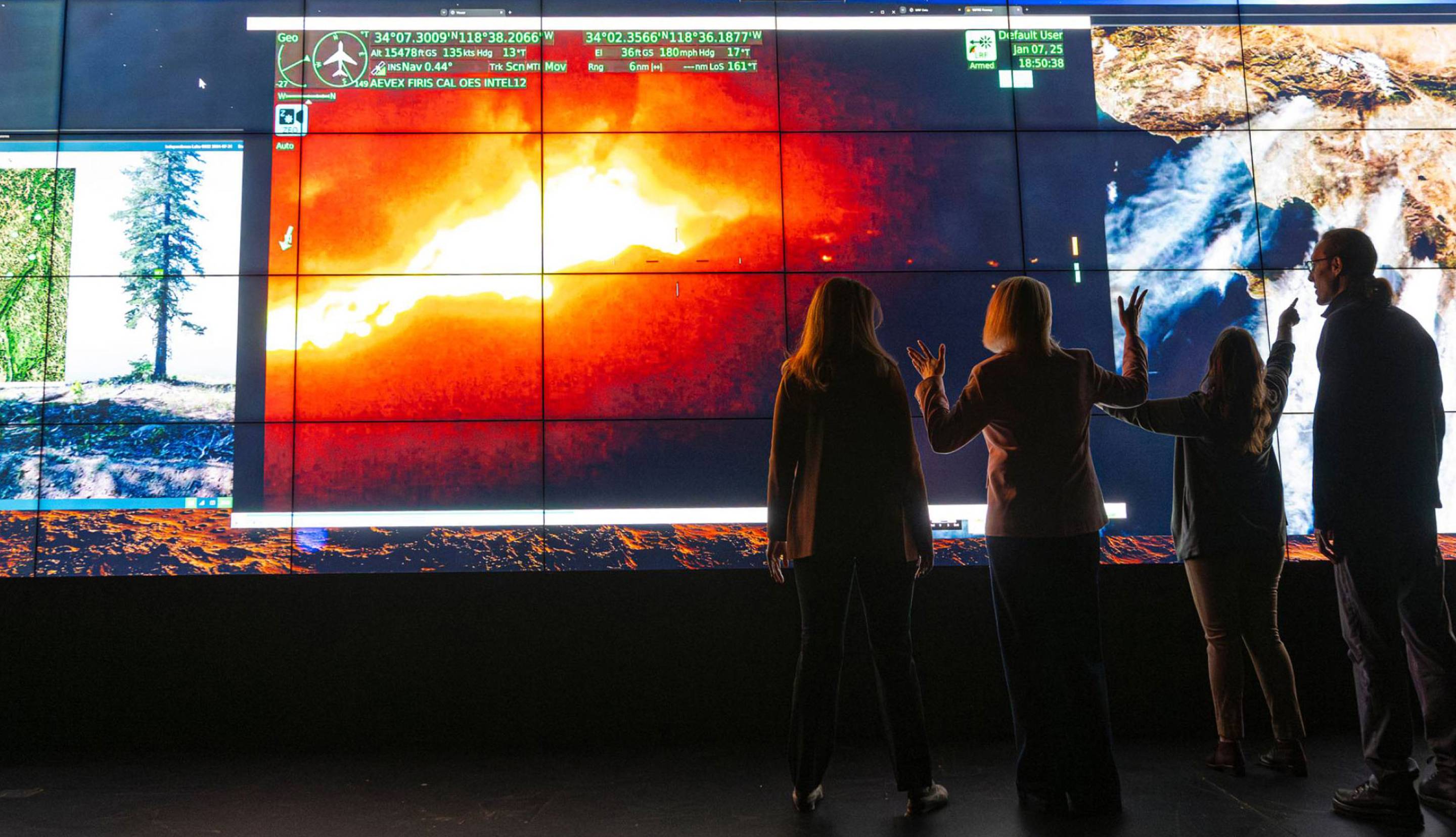As wildfires grow more destructive across the nation and around the world, researchers at the University of California are racing to understand the forces driving these blazes and find new ways to protect lives, homes, businesses and natural resources.
Using innovative approaches and groundbreaking technology, they are developing real-world solutions to improve wildfire prediction, detection, response and recovery — work that is helping defend our communities today and building fire resiliency for the future.
Wildfire resources to help you prepare your home and protect your health
UC experts share tips on increasing your wildfire resilience ahead of time, staying safe during a fire and recovering once the flames are out.
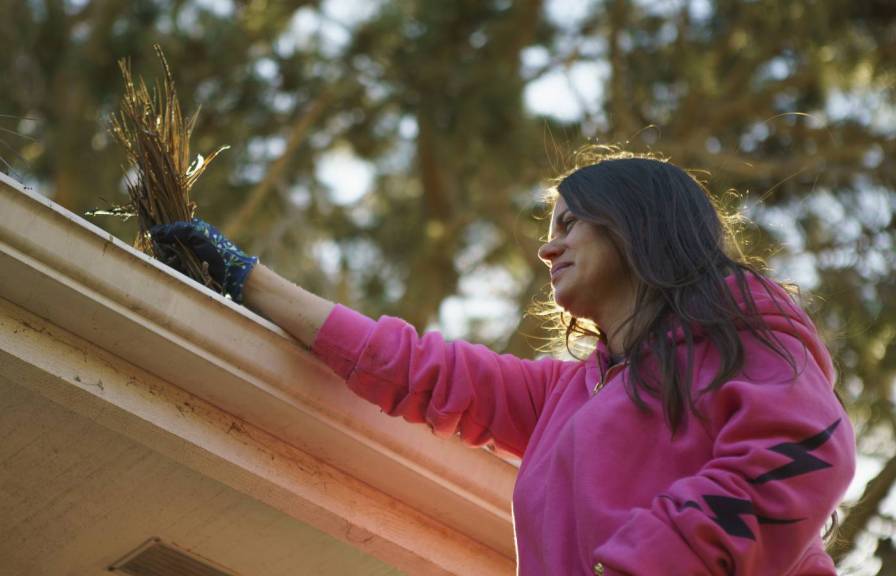
Home hardening how-to’s
How a home is built, landscaped and maintained makes a huge difference in its fire resiliency. Learn why you need defensible space (along with how to create it), and get tips on retrofitting your home with fire risk in mind.
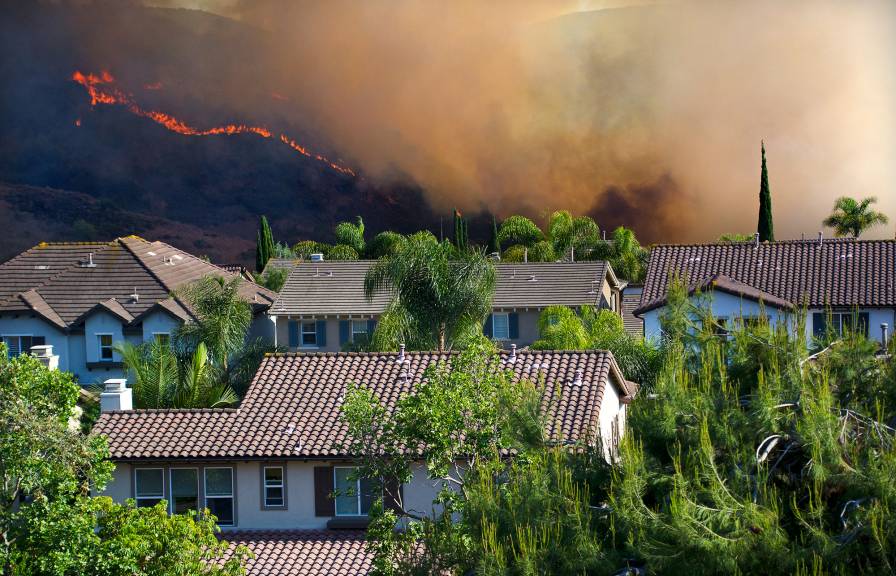
UC ANR Fire Network — a trove of resources to help you stay safe
The UC Agriculture and Natural Resources Fire Network offers a suite of planning tools to help you assess your fire risk and take steps to protect your home or farm. Among the many resources: how to prepare a go-bag and what to do if you become trapped by a fast-moving fire.
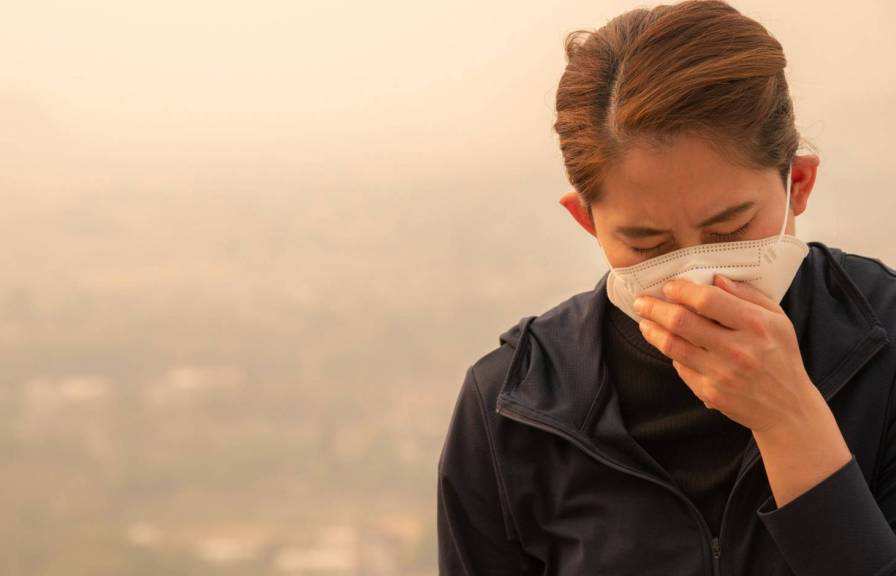
Wildfire smoke and your health: Follow these tips to limit your exposure
You know wildfire smoke is bad for you. But did you know exactly how bad? A roundup of UC research on the health effects of smoke explains the risks along with the steps you can take to protect yourself when the air is smoky.
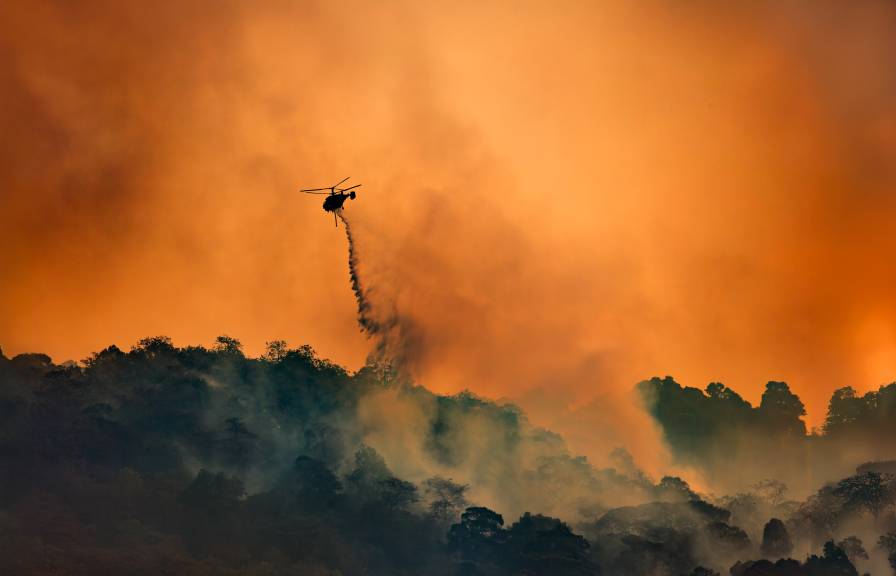
Strategies for coping with psychological stress during a wildfire
Even if you’re physically out of harm’s way, a wildfire can cause extreme psychological stress. It’s key to equip yourself with the mindset and psychological skills to protect your mental health, say experts from UC San Francisco. These tips and resources for adults and children can help you prepare or recover.
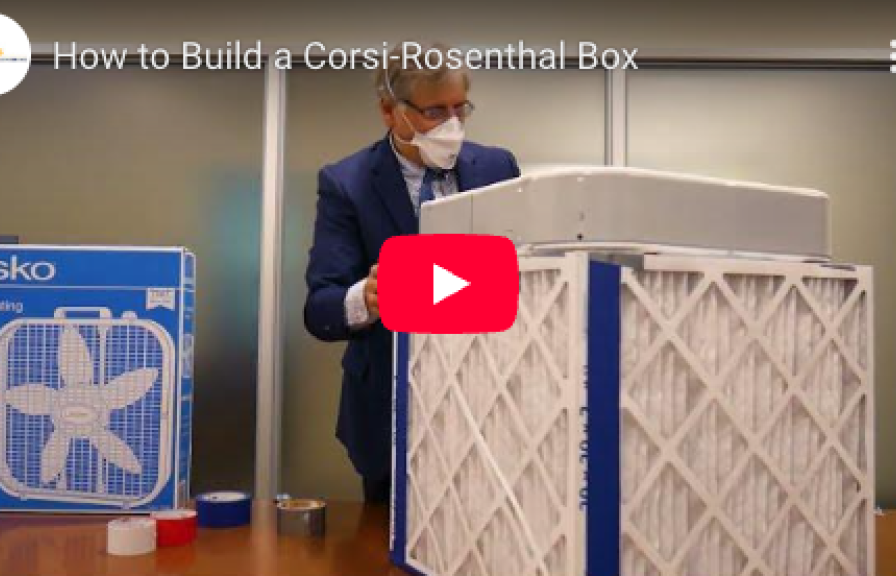
Disaster DIY: Build your own air purifier
When wildfire smoke is descending and you don’t have an air filter, here’s a hands-on solution for better breathing. Follow this video tutorial to build one yourself using affordable, readily available materials.
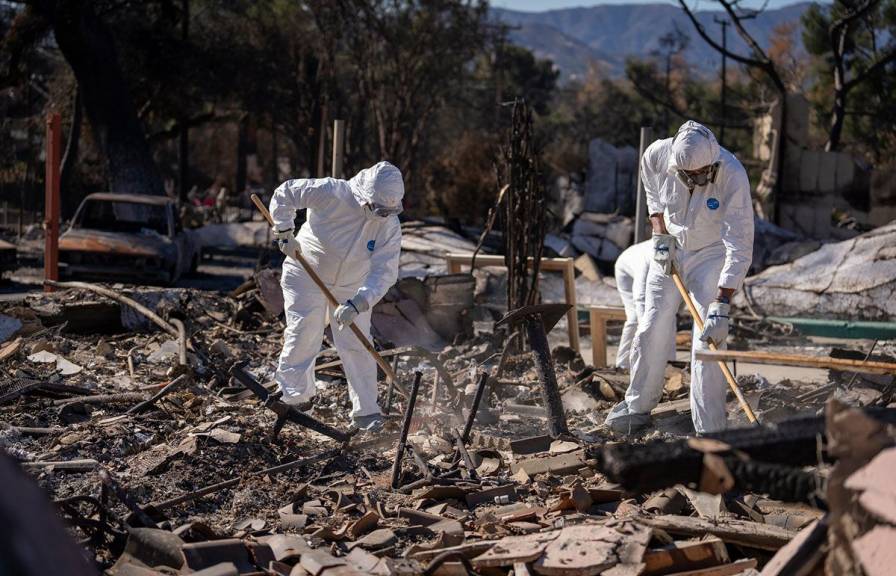
Air quality after a fire: Understanding where and when the air is safe
The health dangers of a wildfire can linger long after its flames are contained. When it comes to toxic chemicals like lead and asbestos in the air, the risks are real. Get information on how to protect yourself and your loved ones from these invisible dangers.
Reducing cancer risk among firefighters
For firefighters, the risks of the job linger long after the fire is out. Cancer caused by occupational exposure to smoke and other toxins during a firefight is the leading cause of death among the first responders we rely on to keep us safe. UC has awarded $6M in state funding for research projects across the UC system that aim to reduce cancer risk among firefighters.
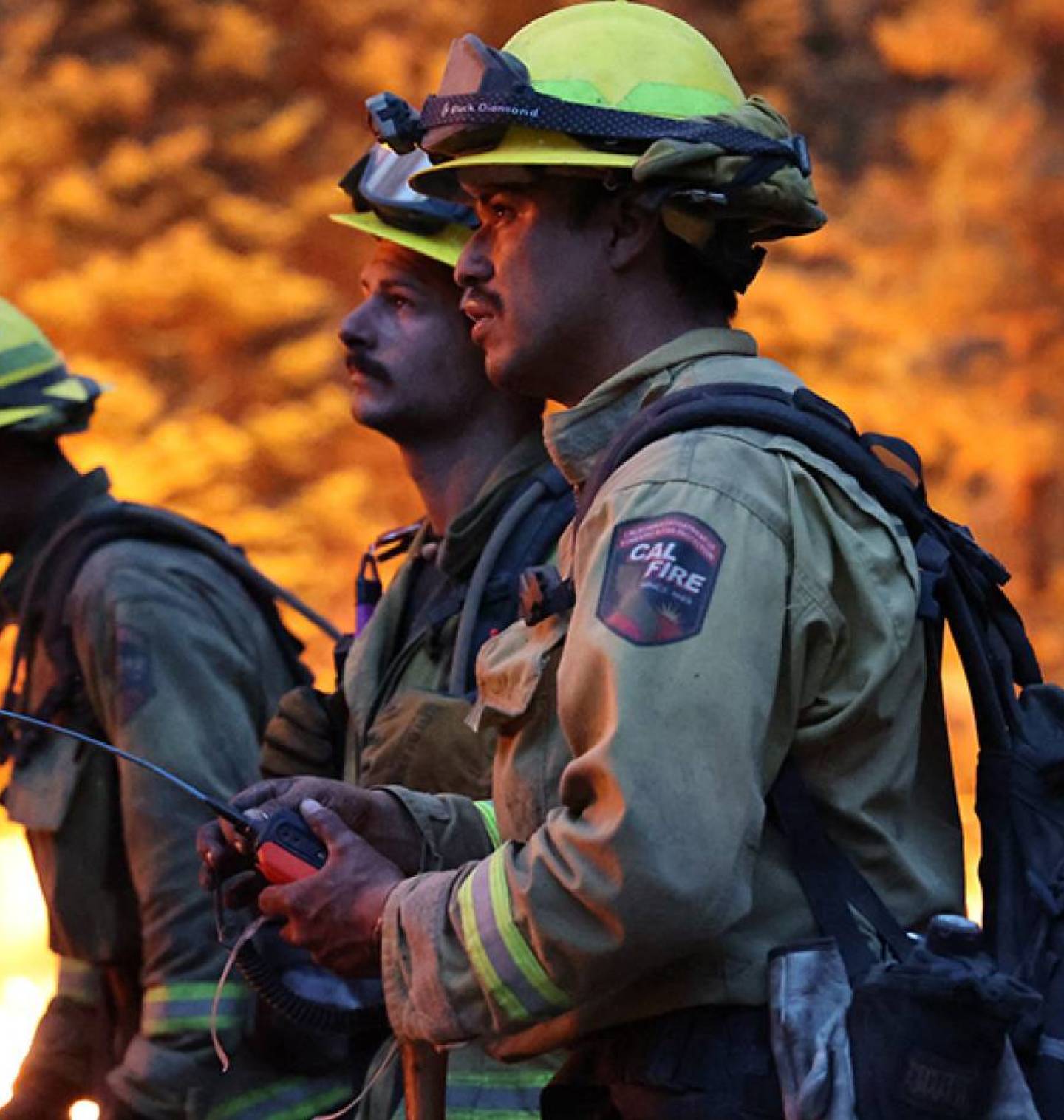
Building an ultra-smart tech network to fight wildfire in real time
Harnessing a vast, intelligent network of cameras across the state, the ALERTCalifornia system developed at UC San Diego enables early wildfire detection and real-time monitoring. The WIFIRE lab then amps up that data with power from the San Diego Supercomputer Center to produce predictive wildfire spread maps within minutes.
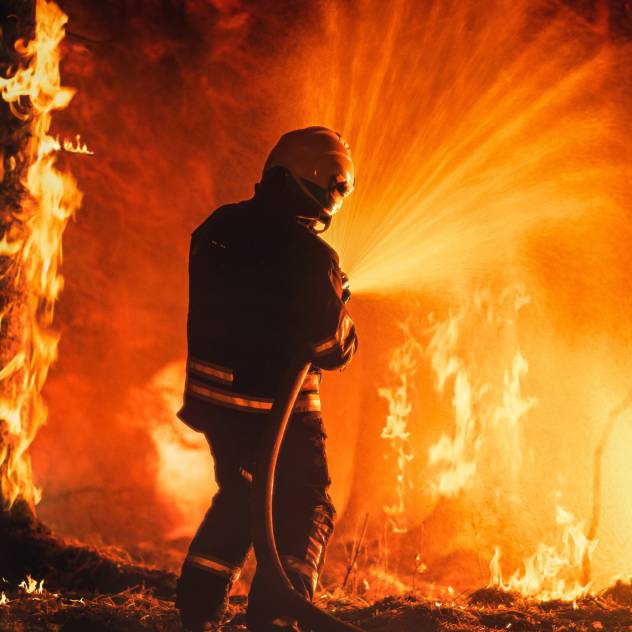
From AI to drones and data: The cutting edge of wildfire
Across the UC system, researchers are developing technology-forward tools to detect wildfires earlier, improve emergency response times and mitigate impacts.
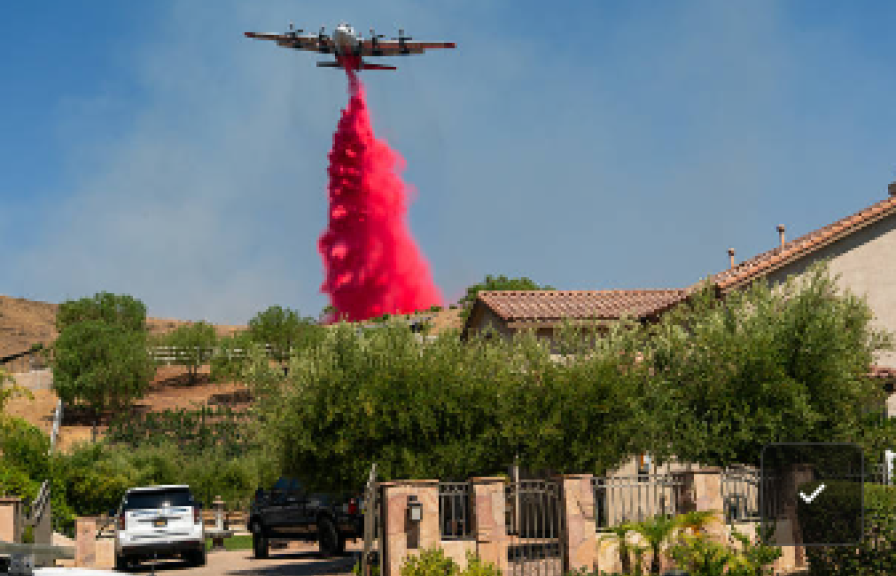
Database helps firefighters across the country save lives and property
Developed at UC Riverside, WildfireDB is an open-source dataset with over 17 million data points that capture how fires have spread in the contiguous United States over the last decade. The goal? Training machine learning models to predict the spread of wildfires.
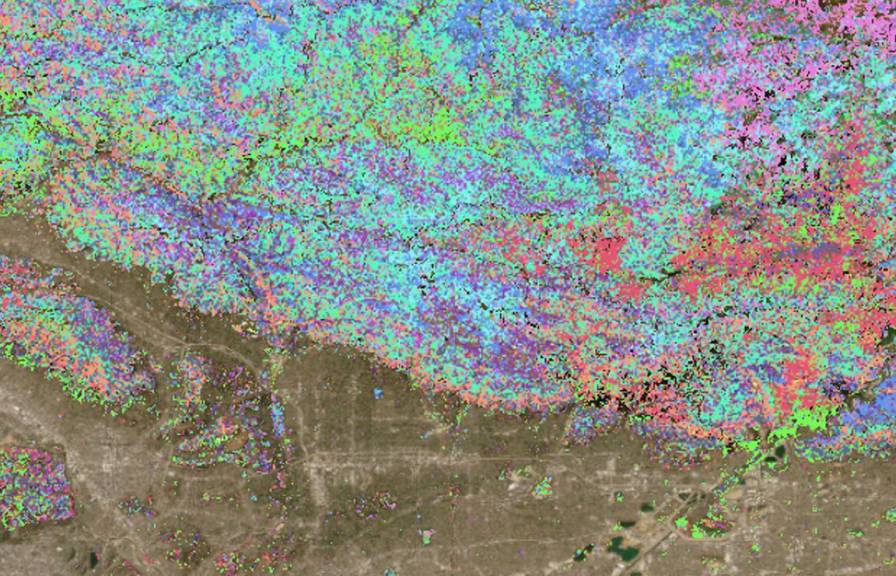
AI-powered tool enables large-scale wildfire fuel mapping
Developed by engineers at UCLA, FuelVision is a new system designed to enhance nationwide wildfire preparedness by combining satellite imagery with artificial intelligence to rapidly and accurately identify wildfire fuel sources. It can help predict where fires might spread and how to prepare.
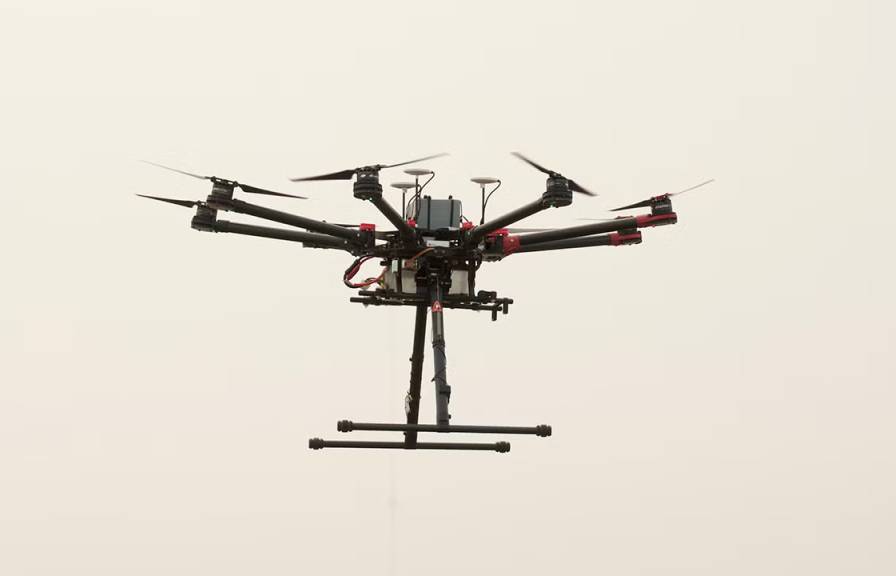
Drone research advances wildfire monitoring
A UC Davis researcher is using unmanned aerial vehicles to detect wildfires before they get to the smoking point. Using data from ground sensors, the drones, equipped with chemical sensors, sweep at-risk areas for fire indications like elevated levels of carbon dioxide, reporting the findings to fire agencies.
Helping farmers mitigate wildfire
For agricultural communities, wildfire poses devastating threats to health and livelihoods. UC researchers are working to help equip farmers and ranchers with practical tools to increase wildfire resilience.
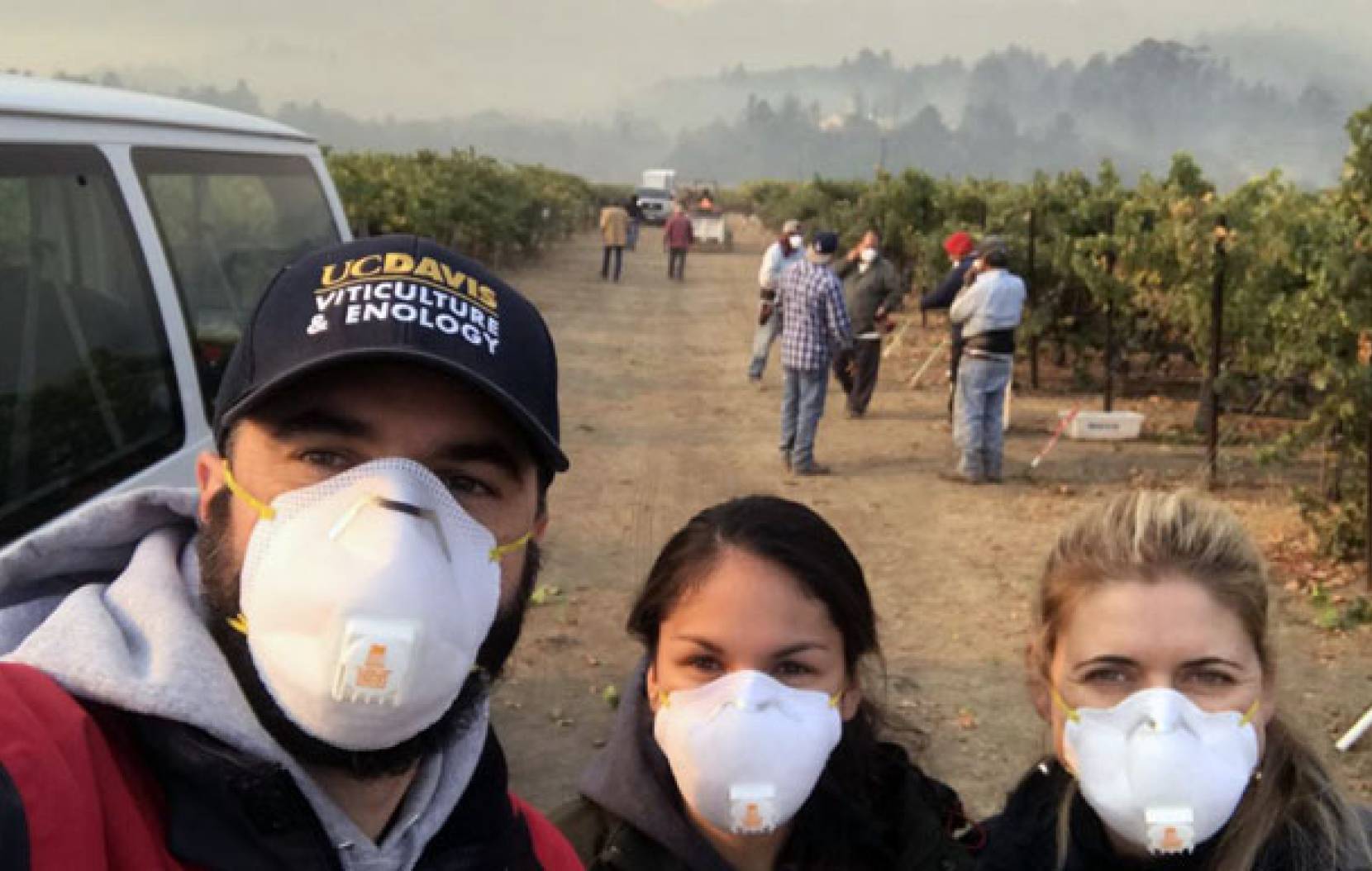
Wildfire smoke taint can devastate a grape crop even if the vineyard doesn’t burn. With so much at stake in the world’s wine industry, UC Davis researchers are working with growers to find ways to mitigate the effects.
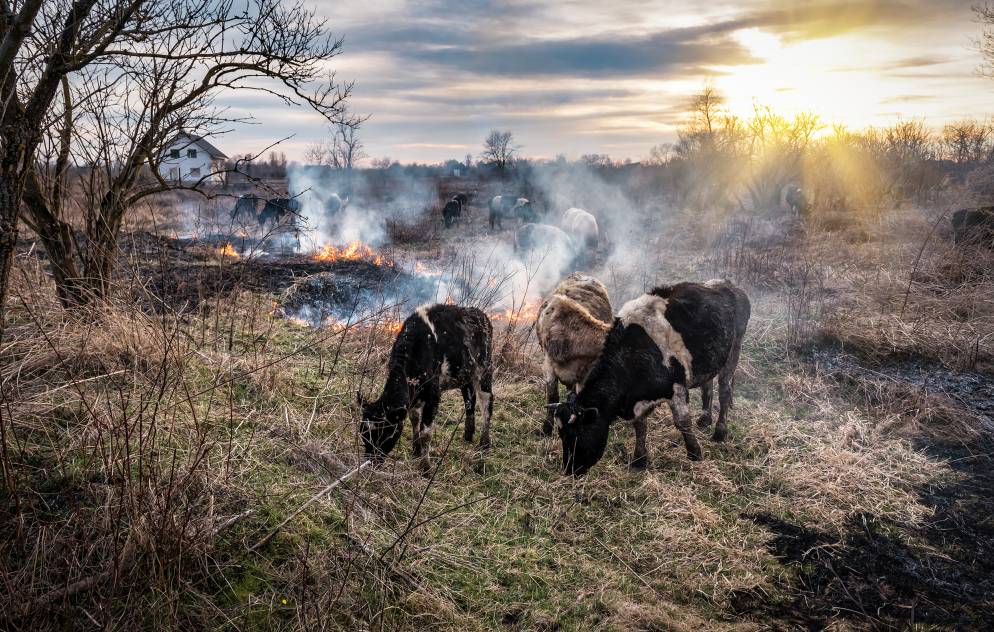
Farmers, ranchers and agricultural communities play a critical role in managing our wildfire risk, and they are also some of the most affected. Researchers at UC Davis are assessing the impacts and generating policy recommendations and active solutions for the agricultural community.
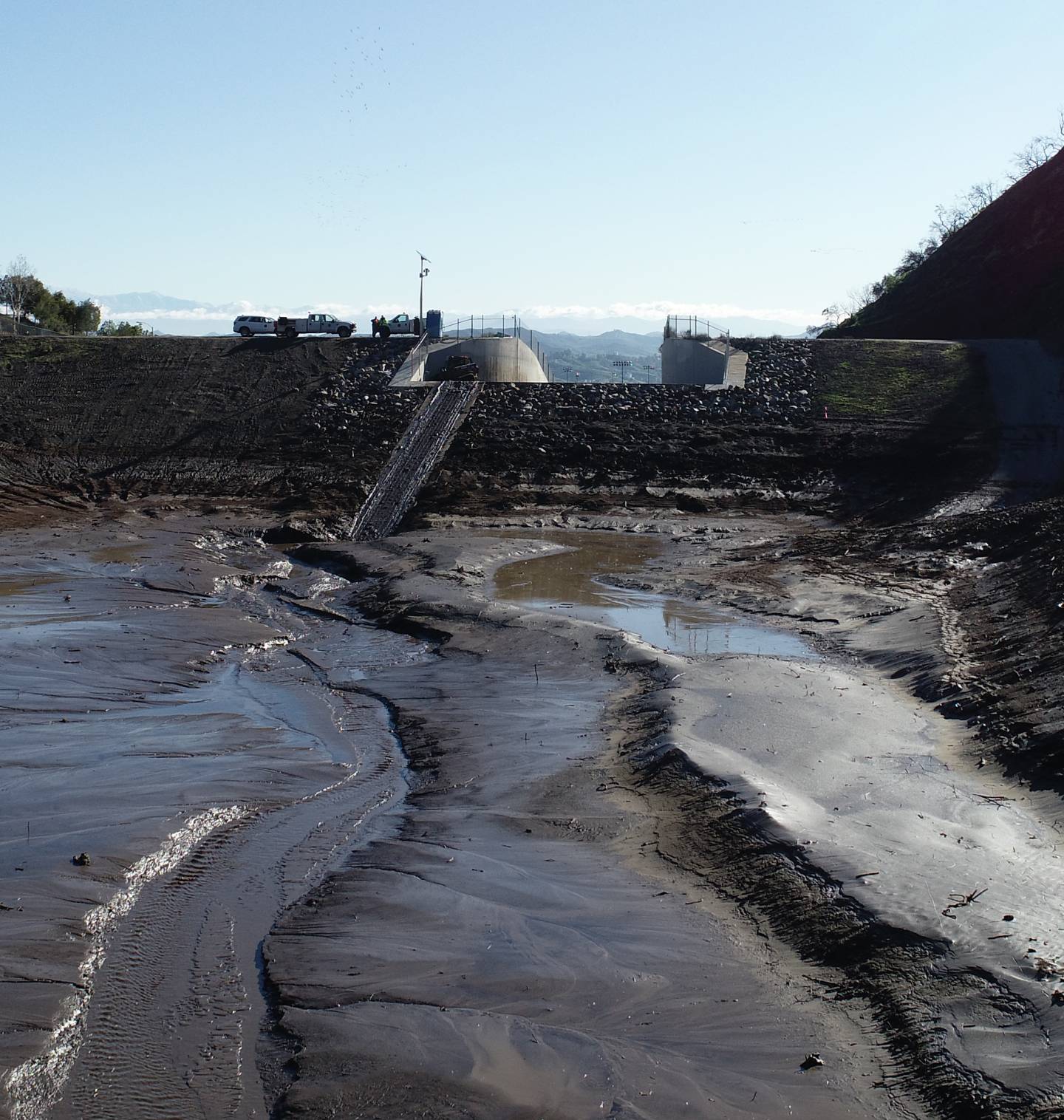
In the aftermath of a wildfire, another threat looms
Wildfires can cause immediate, catastrophic damage, but the risk to nearby communities can persist, with heavy rainfall leading to torrents of mud and debris in fire-ravaged areas. A team at UC Irvine is studying mudslide impacts on aging infrastructure and developing a new model to anticipate hazards.
At the forefront of wildfire solutions
Across every UC campus, researchers are harnessing science and technology to understand the impacts of wildfire on people, property and the environment — and creating solutions to reduce those harms.
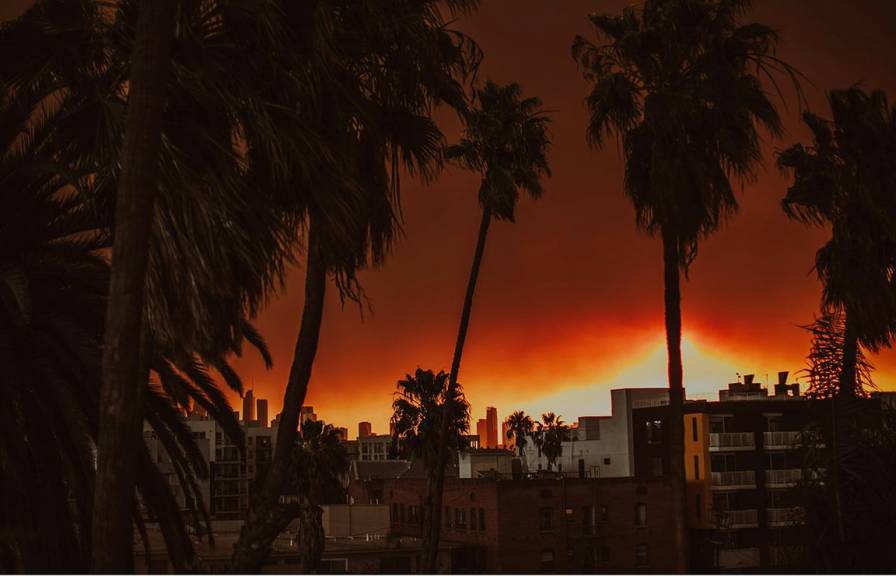
Urban water supply and wildfire research network
In collaboration with UC Agriculture and Natural Resources, UCLA has launched a working group to better understand the relationship between water supply and wildfire dynamics. The project brings together a wide-ranging group of scientists, engineers and educators.
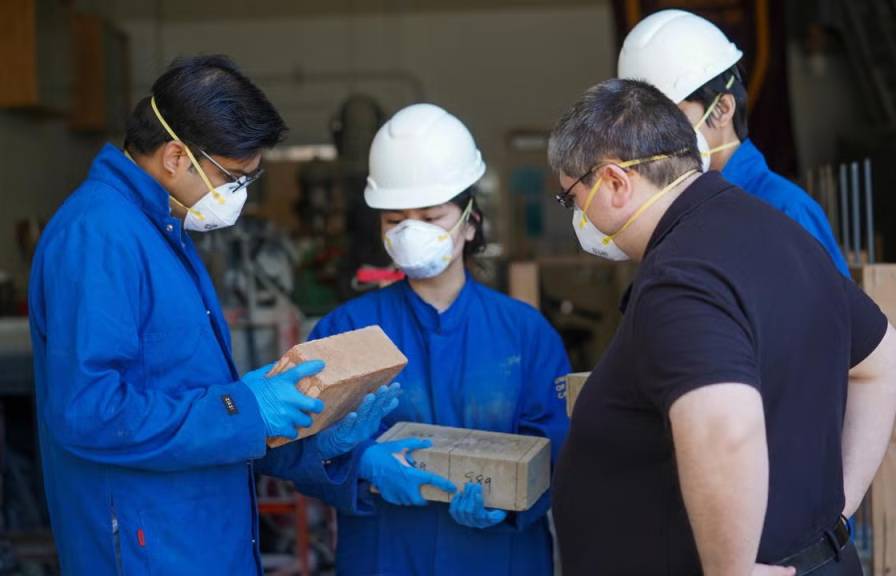
The house that doesn’t burn: Turning mud into wildfire-resilient housing
A structural engineer at UC Davis is looking to history for a new take on affordable, fire-resilient building materials. The ancient technology that’s coming around again is mud, or rather an engineered form of it called compressed and stabilized earth blocks.
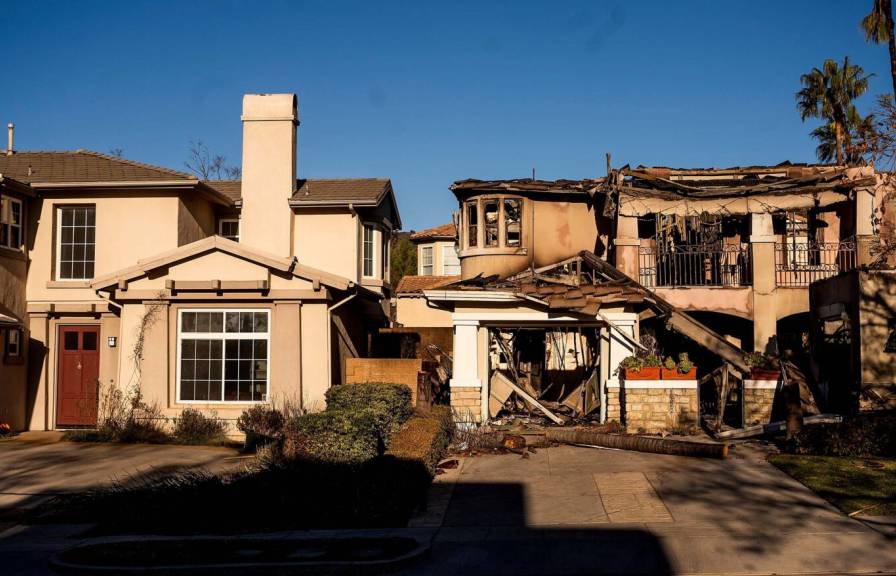
We can cut wildfire damage by half. Here’s how.
A new UC Berkeley-led study using state-of-the-art simulation tools and real-world data from recent fires shows how home hardening and defensible space can have a major impact on wildfire destructiveness.
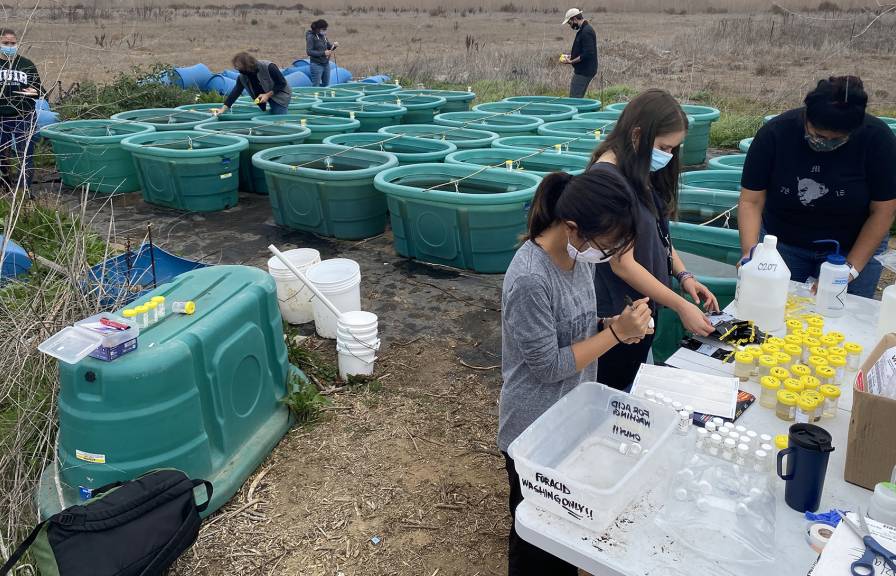
Wildfires also impact aquatic systems
Researchers at UC San Diego are analyzing the impacts of wildfire on aquatic ecosystems. Their study finds that fire debris transforms lakes, ponds and other aquatic environments, with implications for fisheries and water quality.
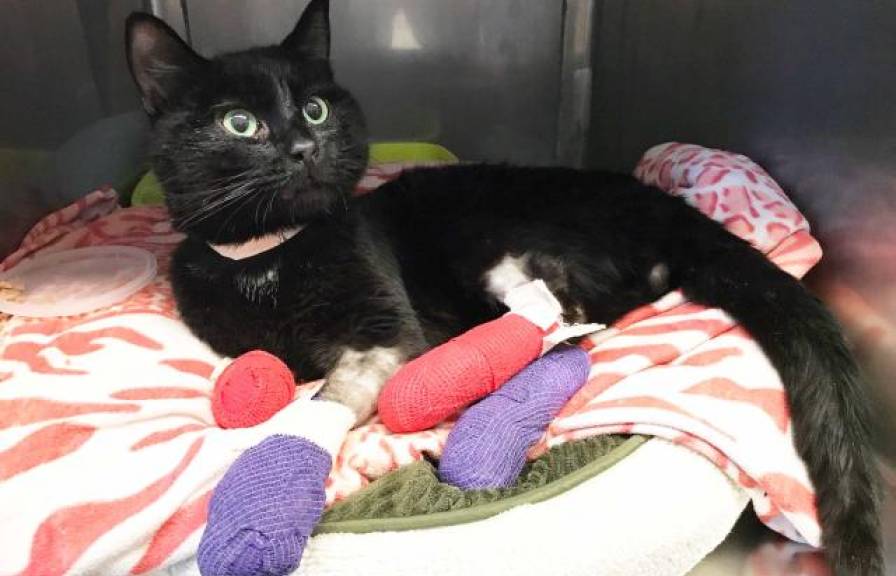
Help for animals, too: Veterinary disaster response
The UC Davis School of Veterinary Medicine leads CVET, the California Veterinary Emergency Team. From house pets to livestock, learn how to prepare your animals for disasters like wildfire and request assistance in an emergency.
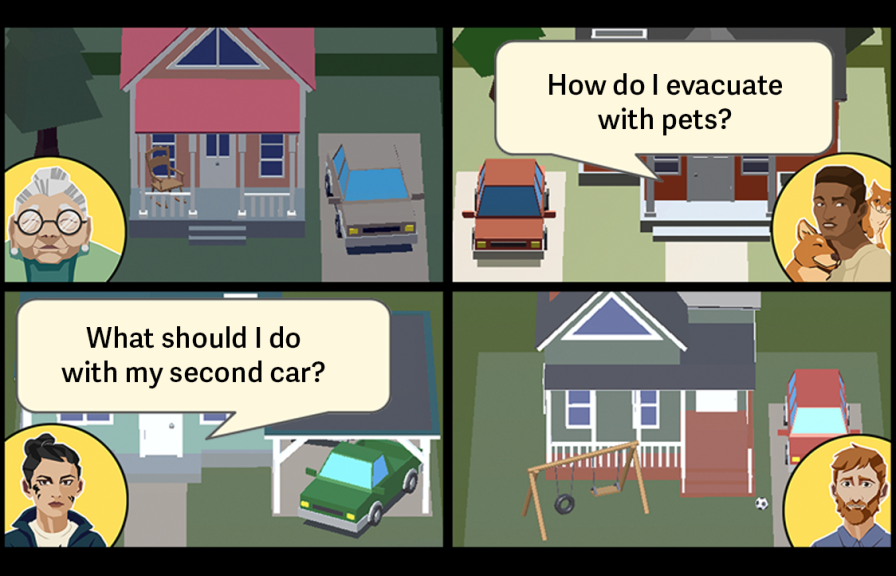
Mobile mini games help communities get prepared
Researchers in computational media at UC Santa Cruz have developed a suite of mobile mini games to help people understand their risks and think about the hard decisions that come up in an emergency, making it easier to make the best choices in a real wildfire situation.
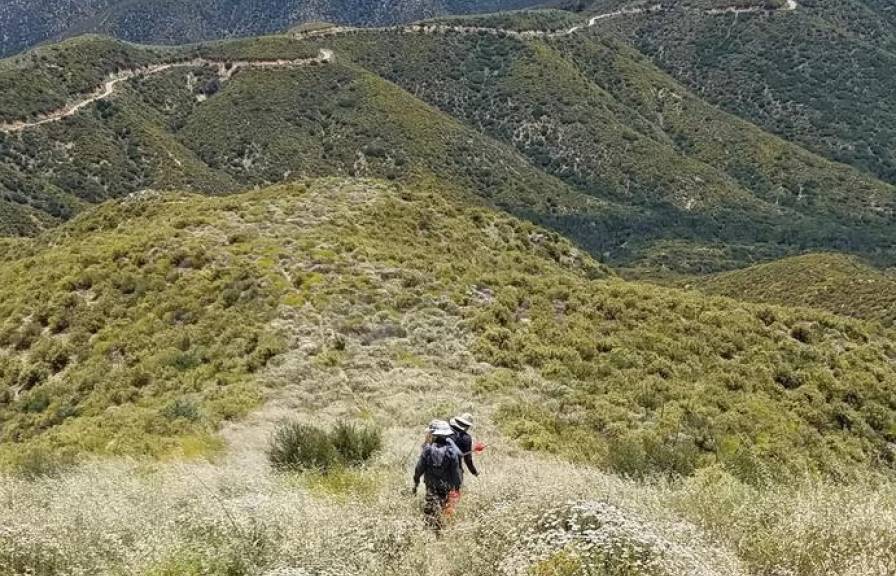
Working toward post-fire rebirth of healthy landscapes
UC Riverside ecologists are collaborating with the U.S. Forest Service to target the California ecosystems most at risk of wildfire — chaparral shrublands and higher elevation conifer forests — with new restoration strategies to help them rebound with native plants after a fire.
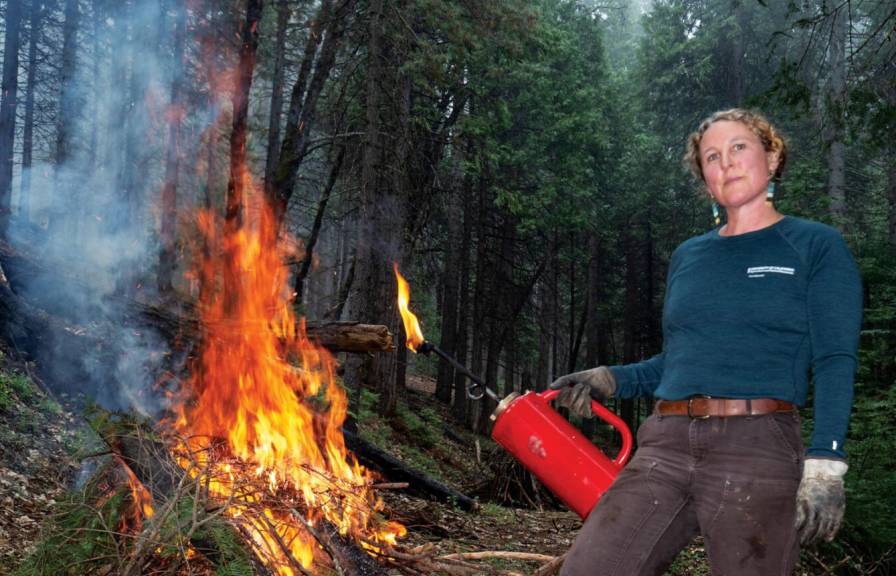
Meet the Burn Boss
Fire ecologist Lenya Quinn-Davidson is spearheading the Fire Network, a UC Agriculture and Natural Resources initiative. Her mission is to bring the latest fire science on prescribed burns to the 7 million people living in California’s most fire-prone regions.
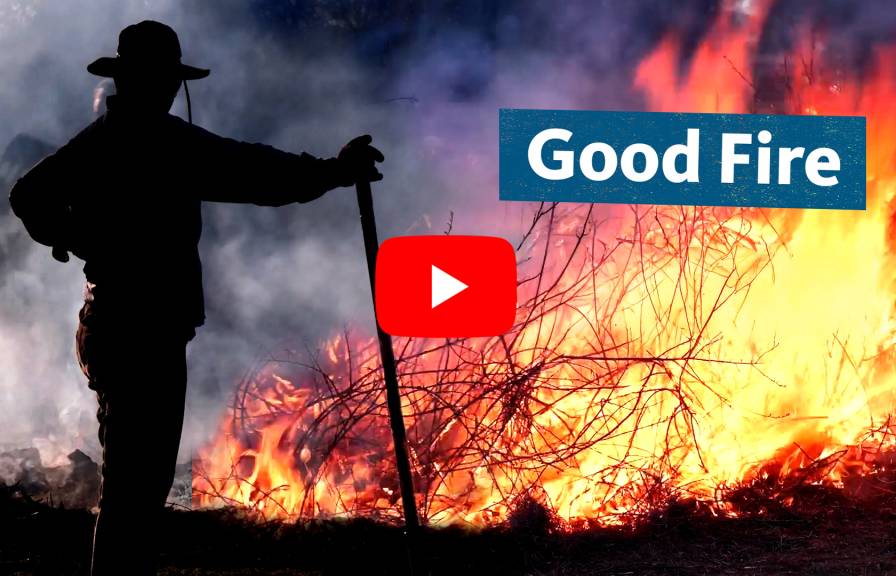
Prescribed burns vs. cultural burns — what’s the difference?
Native American traditions of cultural burning and contemporary prescribed burning practices can play an important role in keeping ecosystems healthy. Watch this video to learn about the role of “good fire” in wildfire management.
